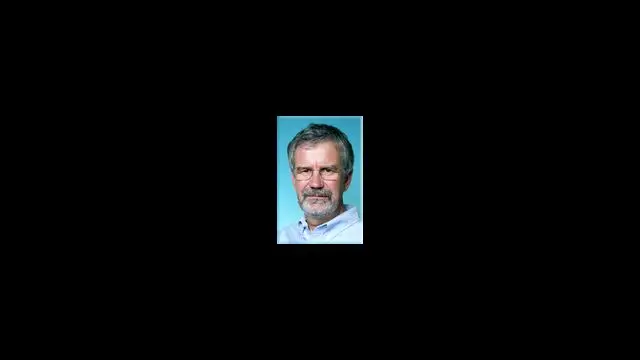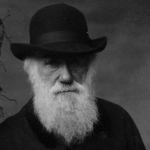The After Life

12 年
17.8K 观看
分类:
描述:
Imagination makes us human and immortal. It allows us to roam into deep-time and to navigate the future. Everything is possible in places that can be experienced but never visited, and in this respect the after-life is just one imagined geography among many. All these geographies share the property of 'going beyond' where the life of the individual is extended across space and time. The lives of humans and things – as represented in this lecture series by ruins and sparks, the social and artificial – all illustrate this property of extending beyond the limits of the body which produces a knowledge of ourselves that is relational rather than rational. For example, the human community is different from all other social animals because it embodies a release from such physical proximity. Here the individual is no longer bound by what goes on in their presence but by what might be enacted elsewhere. It is therefore the social framework of interaction and extension that is fundamental to understanding the evolution of the human imagination of which the after-life and all other types of life is a product. Such a view has a long history. Durkheim argued exactly a hundred years ago that religion is not a separate sphere of life but instead is embedded in the social. However, he had no deep-time archaeological evidence to guide him in the historical analysis of the phenomenon. In this lecture I will examine the evidence that we now have for the evolution of human imagination before the appearance of temples and shrines and the institutionalisation of the after-life. I will start by examining the imaginative geography that created a deep-time past for humans. I will use those insights from the acceptance of artefacts as proxies for great human antiquity in the nineteenth century to consider the wider evolutionary significance, and its timing, of being able to think outside the box.
Biography
Clive Gamble began his teaching career at the University of Southampton in 1975 and in 2001 he founded and directed the Centre for the Archaeology of Human Origins (CAHO). In 2004 he moved to the Department of Geography at Royal Holloway University of London as a Research Professor in the Centre for Quaternary Research. He returned to Southampton in 2011. He has undertaken research into the evolution of human society concentrating in particular on the Palaeolithic. Among the major projects he has directed are the British Academy Centenary Project (2003-10) From Lucy to language: the archaeology of the social brain and the NERC funded programme Environmental Factors and Chronology in Human Evolution and Dispersal (EFCHED) that was completed in 2006. Currently he is a member of NERC ’s RESET consortium (2008-2013) that investigates human adaptations to abrupt environmental transitions during the Pleistocene. His recent books include Origins and Revolutions: human identity in earliest prehistory (CUP 2007); The hominid individual in context (Routledge 2005 edited with Martin Porr); the best selling textbook Archaeology: the basics (Routledge 2008) and the international award winning The Palaeolithic societies of Europe (CUP 1999). He was elected a Fellow of the British Academy in 2000 and has been a Vice-President of the Society of Antiquaries of London. He became a Trustee of the British Museum in 2010 and President of the Royal Anthropological Institute in 2011.
Biography
Clive Gamble began his teaching career at the University of Southampton in 1975 and in 2001 he founded and directed the Centre for the Archaeology of Human Origins (CAHO). In 2004 he moved to the Department of Geography at Royal Holloway University of London as a Research Professor in the Centre for Quaternary Research. He returned to Southampton in 2011. He has undertaken research into the evolution of human society concentrating in particular on the Palaeolithic. Among the major projects he has directed are the British Academy Centenary Project (2003-10) From Lucy to language: the archaeology of the social brain and the NERC funded programme Environmental Factors and Chronology in Human Evolution and Dispersal (EFCHED) that was completed in 2006. Currently he is a member of NERC ’s RESET consortium (2008-2013) that investigates human adaptations to abrupt environmental transitions during the Pleistocene. His recent books include Origins and Revolutions: human identity in earliest prehistory (CUP 2007); The hominid individual in context (Routledge 2005 edited with Martin Porr); the best selling textbook Archaeology: the basics (Routledge 2008) and the international award winning The Palaeolithic societies of Europe (CUP 1999). He was elected a Fellow of the British Academy in 2000 and has been a Vice-President of the Society of Antiquaries of London. He became a Trustee of the British Museum in 2010 and President of the Royal Anthropological Institute in 2011.


